How Do I Improve My Hockey Shot Power? (Grip Strength Is a Key Component)
Every hockey player eventually asks the same question:
“How do I shoot harder?”
It’s what separates highlight-reel goals from weak wristers that die before they reach the net. Most coaches will tell you to work on your legs, core, and technique — and they’re absolutely right. But there’s another piece of the equation that doesn’t get enough credit: grip strength.
Your grip is the final link in the chain that transfers all that lower-body and core power into your stick and, ultimately, the puck. Strengthen that link, and your shot can feel cleaner, faster, and more consistent.
Why Shot Power Isn’t Just About Your Legs
Your legs, hips, and core generate most of the force behind a shot — they’re the engine.
But that power still needs to travel through your torso, shoulders, arms, wrists, and hands to reach the puck. If your grip is weak or fatigued, some of that energy leaks out before it ever reaches the blade.
This is especially noticeable on wrist shots and snap shots, where precision and control come down to how firmly and consistently you can guide the stick.
Several hockey performance programs, like those from HockeyShot and Breaking Muscle, already include grip training as part of shot-power development. And for good reason — forearm and wrist strength improve your ability to control the stick and maintain power through contact, particularly late in games when fatigue sets in.
What Weak Grip Does to Your Shot
-
Energy Loss
Without a stable grip, some of the force you generate dissipates through small movements in your wrists and hands. That’s energy not driving the puck forward. -
Inconsistent Release
When your grip fatigues, your release point can shift slightly — leading to less predictable shots under pressure. -
Fatigue-Related Drop-Offs
As games wear on, your grip strength becomes a limiting factor. Weaker or tired hands can make your third-period shots feel noticeably slower or less accurate. -
Capped Technical Potential
You can have textbook shooting mechanics, but if your grip gives out early, you won’t fully benefit from the power your technique generates.
How to Train Grip for Real Shot Improvements
The goal isn’t just brute squeezing power — it’s building functional grip strength that supports control and endurance. Here are the key principles:
Principles That Work
-
Train Under Load and Movement
Grip strength that transfers comes from holding or controlling moving loads — not static squeezes. -
Build Endurance, Not Just Max Strength
Your grip needs to last through repeated shifts and long possessions, not just one hard squeeze. -
Progress Over Time
Tendons and connective tissue adapt slowly. Start with manageable holds or carries and build up.
Exercises That Transfer to the Ice
1. Rope Pull-Ups or Rows
Attach a rope or Monkee Grips to a bar or pulley. The unstable surface forces your forearms and hands to stabilize under load — improving both strength and coordination.
2. Dead Hangs with Rope Grips
Hang from Monkee Grips for time. This challenges your hand, wrist, and finger endurance under constant tension — similar to the sustained control needed in a game.
3. Farmer Carries Using Rope Handles
Loop Monkee Grips around dumbbells or heavy bags and walk. This builds grip under dynamic load, simulating the fatigue of repeated stick handling and puck battles.
4. Weighted Holds or Plate Pinches with Rope Grips
Combine different grip styles to strengthen coordination across your hand and forearm.
Why Monkee Grips Make Grip Training Simple
Monkee Grips turn almost any standard exercise into grip-focused training — without needing extra equipment or space.
Because they use rope friction instead of a stable bar, your hands have to actively maintain contact — much like when you control your stick under pressure.
That similarity makes Monkee Grip training an efficient way to develop grip strength that supports real hockey performance, not just gym strength.
Putting It Into Practice: 4-Week Grip + Shot Plan
Weeks 1–2
-
2 sessions per week
-
3 sets of 20–30-second rope hangs
-
3 sets of rope rows (6–8 reps)
-
Continue your shooting and lower-body work
Weeks 3–4
-
Increase hangs to 40–60 seconds
-
Add farmer carries or weighted holds
-
Include rope pull-ups if able
-
Track your shot consistency — note whether your grip holds up better during longer practices or late-game scenarios
Final Take
So, how do you shoot harder?
Keep training your legs, core, and technique — those are non-negotiable. But don’t overlook your hands and forearms. Grip strength might not be the only secret to a harder shot, but it’s one of the most practical ways to make the strength you already have more effective.
Monkee Grips make that easy. They turn your existing workouts into functional, grip-intensive training — helping you build the control, stability, and endurance that make every shot count.
🦍 Build your grip. Build your game.
👉 www.monkeegrip.com
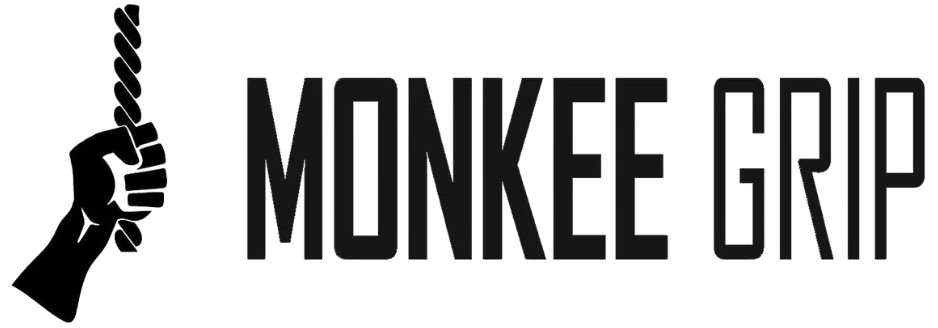
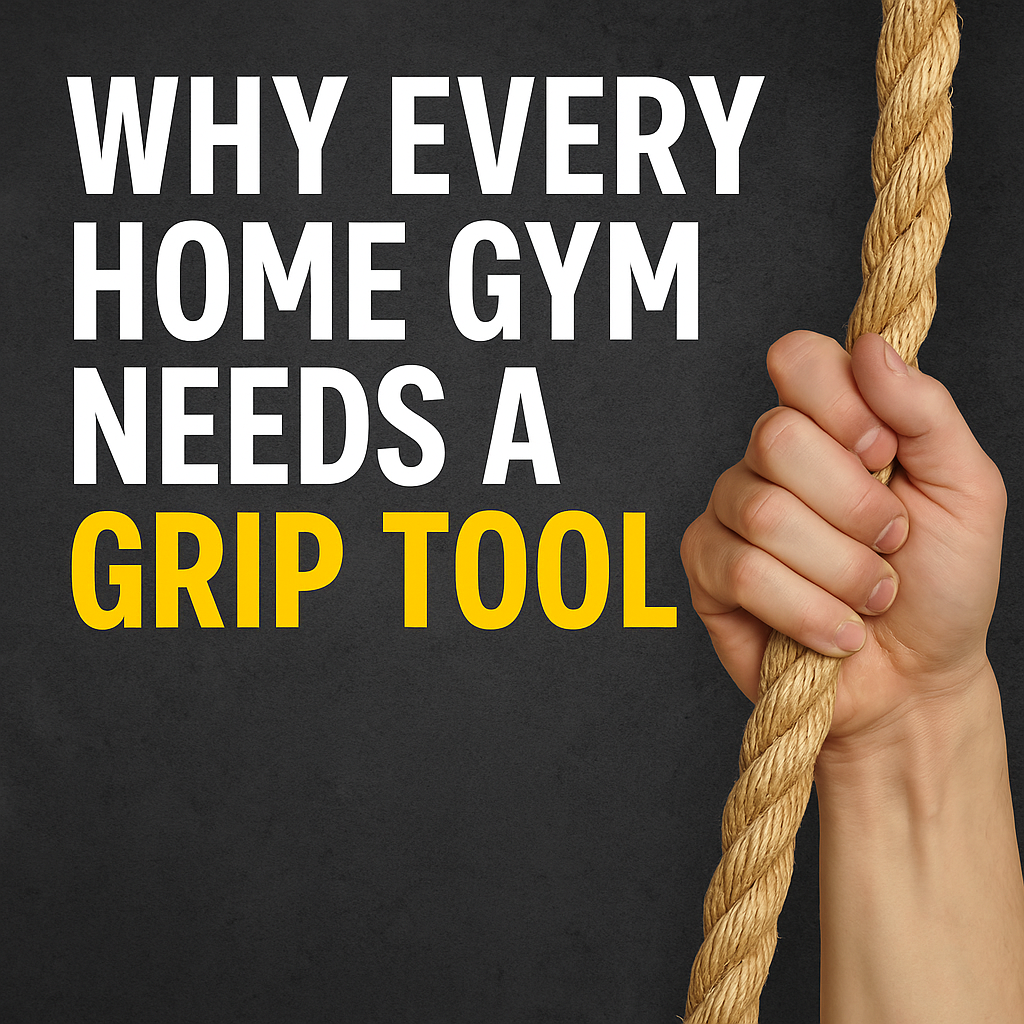

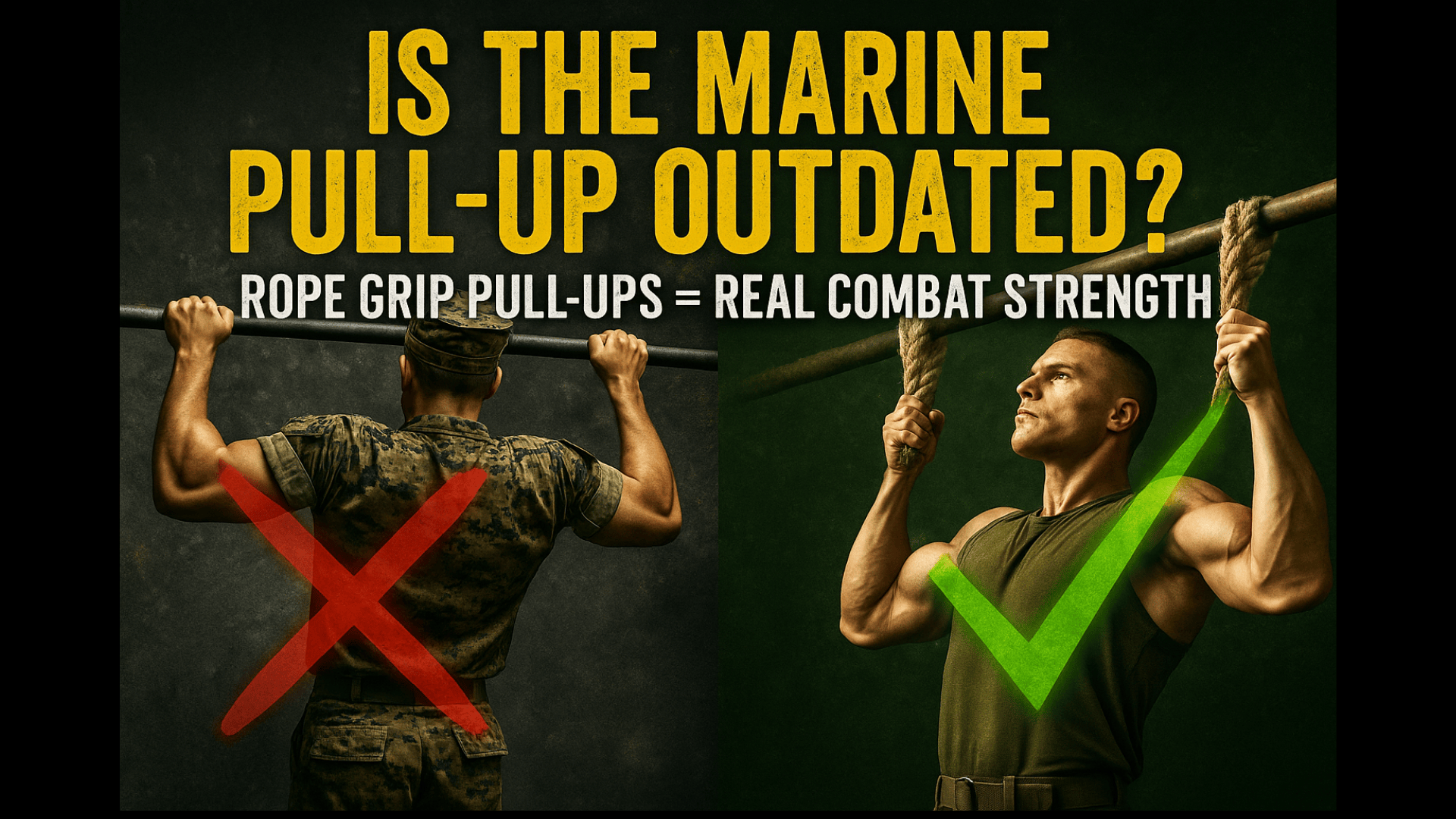
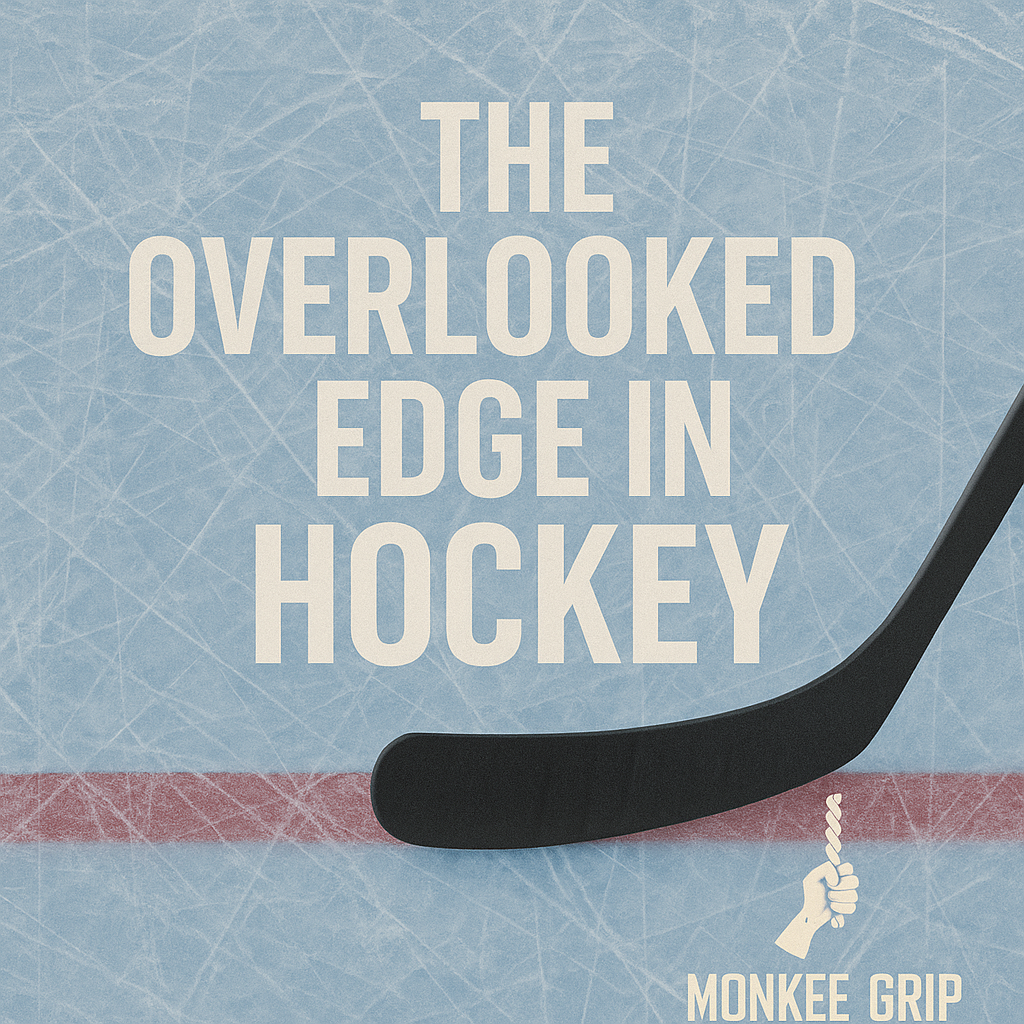
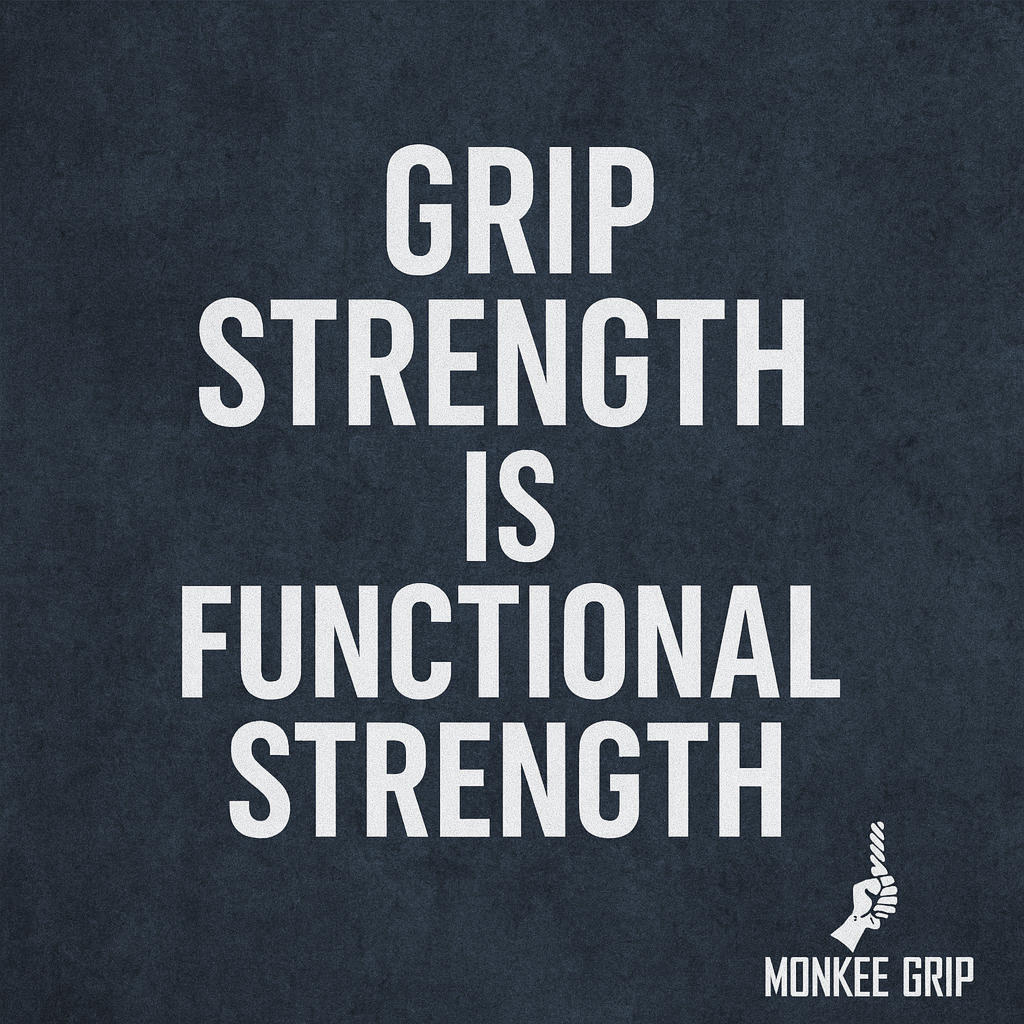
Leave a comment
This site is protected by hCaptcha and the hCaptcha Privacy Policy and Terms of Service apply.